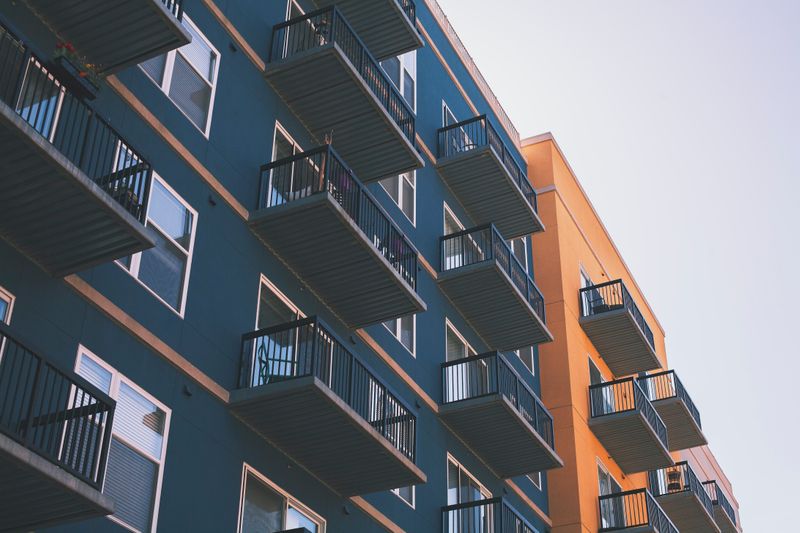
This logo isn't an ad or affiliate link. It's an organization that shares in our mission, and empowered the authors to share their insights in Byte form.
Rumie vets Bytes for compliance with our
Standards.
The organization is responsible for the completeness and reliability of the content.
Learn more
about how Rumie works with partners.

Breana is interested in becoming an architect and likes the idea of designing homes for people that are not only beautiful and functional, but also healthy and safe.

She knows architects need a degree, but wonders what else can help her have a successful career.
Explore the profession of residential architecture with Breana!

Did you know?
What does health and safety mean for a residential architect? It means considering factors such as air quality, mold and mildew prevention, allergens, and air pollutants such as radon that can cause health issues.
Preparing the Foundation
Her focus on STEM and art courses will help her develop a great background for getting into an architecture program in college.
Did you know?
Working in construction-related trades, hardware stores, home remodeling stores, or similar places provides an opportunity to learn knowledge and skills that can support and transition with you as you become an architect. Volunteer opportunities like Habitat for Humanity can also offer a chance to see how an architect's designs come to life.
Pouring the Foundation
Did you know?
As a residential architect, you'll design for how your client lives. Learn to communicate and ask questions about their lives, routines, preferences, pain points, must-haves, and nice-to-haves. Ask for pictures to show styles, materials, colors, and other designs they like.
The Nuts & Bolts
An architectural degree will provide the knowledge and skills Breana needs to become a residential architect.
The United States and Canada both have professional accreditation organizations that provide information about architecture colleges and universities.
 Photo by Sidharth Bhatia on Unsplash
Photo by Sidharth Bhatia on UnsplashBreana needs to decide between a four-year degree program and a five-year program. In either case, she's looking for a program where she can experience different architecture types, rather than specializing.
More Than Just Window Dressing
Residential architecture is a specialty area in the larger field of architecture.

Other specialties:
Renovations
Green & sustainable design
Log cabins
Tiny homes
Other specific design styles
Breana isn't sure about any specialties, but she'll explore them in college internships, through continuing education credits, and through her work.
You'll Go Through the Roof
With a degree behind her, Breana has a few more years before she'll be able to call herself an architect.
During this time, she'll be gaining experience under the guidance of a practicing architect, a requirement prior to licensure.
 Photo by Zohair Mirza on Unsplash
Photo by Zohair Mirza on UnsplashAll architects need to be licensed. Specific requirements of licensure vary within the United States and between regions of Canada.
A Structurally Sound Career
An architect's job of learning is never done!
 Photo by Ricardo Gomez Angel on Unsplash
Photo by Ricardo Gomez Angel on UnsplashBreana, like all architects, is required to take time to keep up-to-date on architectural trends and regulations through continuing education credits.
Requirements for continuing education vary. However, they may include specific areas such as compliance and safety. Credits can be earned through approved webinars, college courses, and conference sessions.
Advice from a Pro
Breana is on her path to becoming a residential architect. Her curiosity about the profession has led her to find architects already in their careers to find out even more about what her career may hold.


Breana's found some professional architects to inspire her journey. Every architect needs to find their own inspiration.
Quiz
Breana's strength is in problem-solving. What can she do to build on that strength and prepare herself for this career? Select all that apply.
Breana can do all of these things. While a class may help her understand knowledge and skills that are a part of problem-solving, taking on new challenges will give her the opportunity to practice her skill. Research and active listening skills also will help Breana become a better problem-solver.
Take Action
 Photo by Jimmy Dean on Unsplash
Photo by Jimmy Dean on UnsplashIf you've decided that designing spaces where people can create a home is a job you want:
This Byte has been authored by
Sara Hill
Learning Designer | Sustainability Advocate
BLA


